Fast food pricing can sometimes feel like a mystery. Why are the prices at McDonald’s soaring while Chipotle manages to keep increases modest? It all boils down to different strategies for handling labor costs, ingredient prices, and operational efficiencies.
This disparity affects everything from the cost of your favorite burger to your go-to burrito. Understanding these differences is key to seeing why your wallet feels differently depending on where you dine.
Rising Labor Costs Impact All
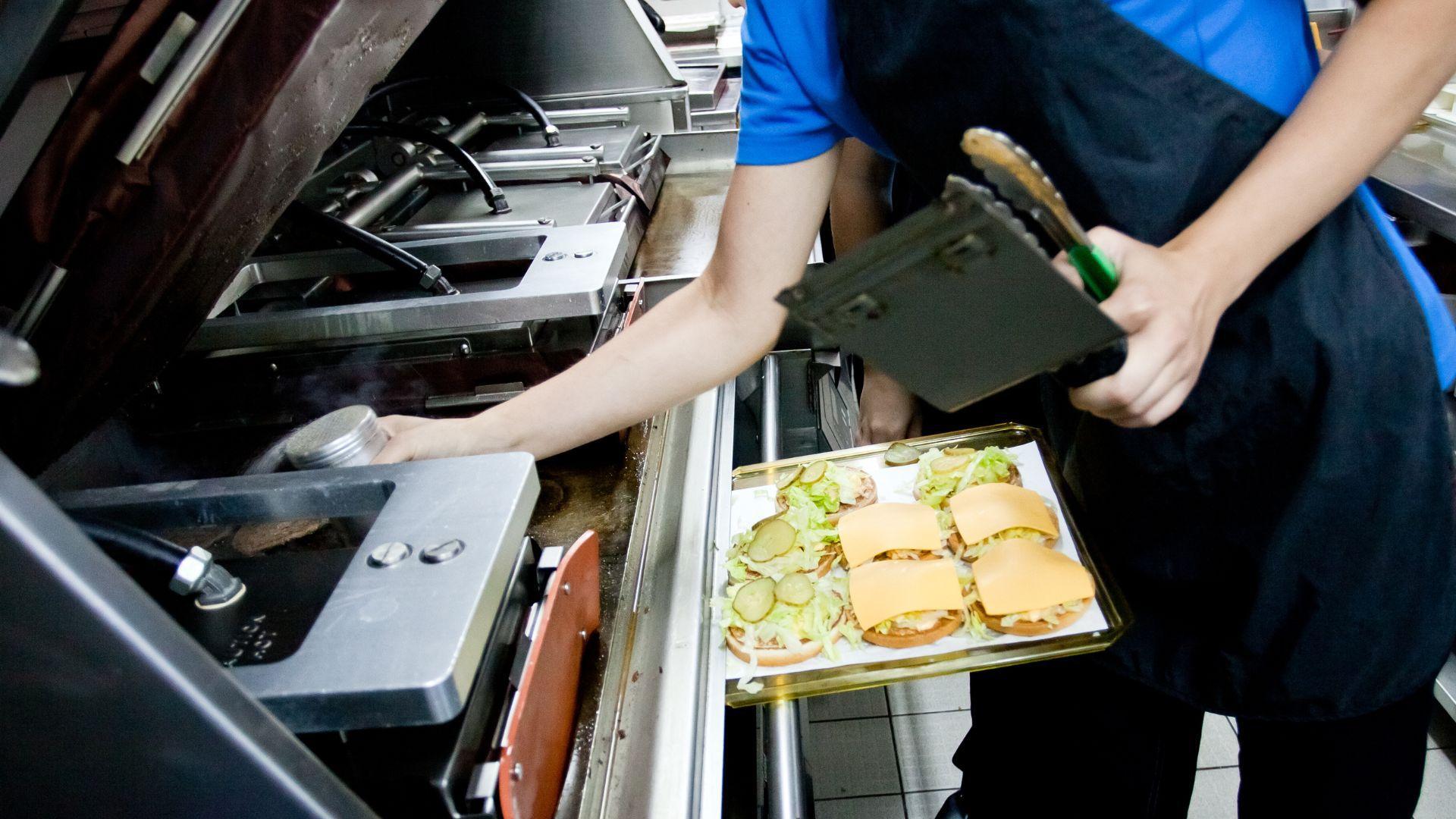
Labor costs are rising across the board, and no fast food chain is immune. In California, for instance, the minimum wage has reached $20 per hour, significantly impacting operational budgets.
Both Chipotle and McDonald’s have had to adapt, but their strategies vary (via the Daily Mail). McDonald’s has responded with price hikes, while Chipotle has focused on improving service efficiency to handle more customers without dramatically increasing prices.
Ingredient Costs Driving Menu Prices
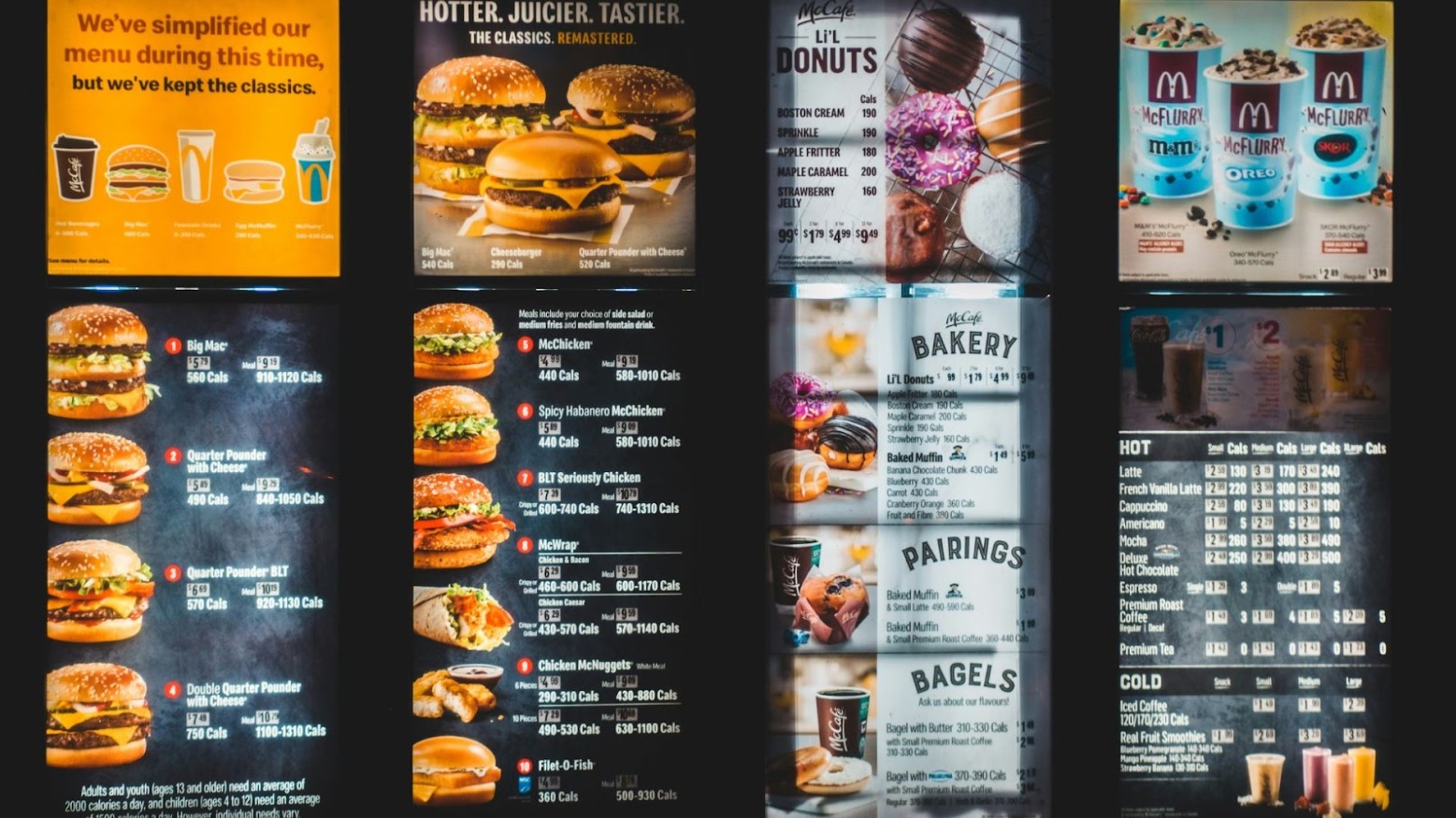
The cost of ingredients plays a crucial role in menu pricing. McDonald’s, known for its beefy burgers, has been hit hard by rising beef prices.
On the other hand, Chipotle, which uses a considerable amount of avocados in its dishes, has benefited from a decrease in avocado prices. These ingredient cost variations directly influence how much each chain charges for its meals.
Efficiency in Operations
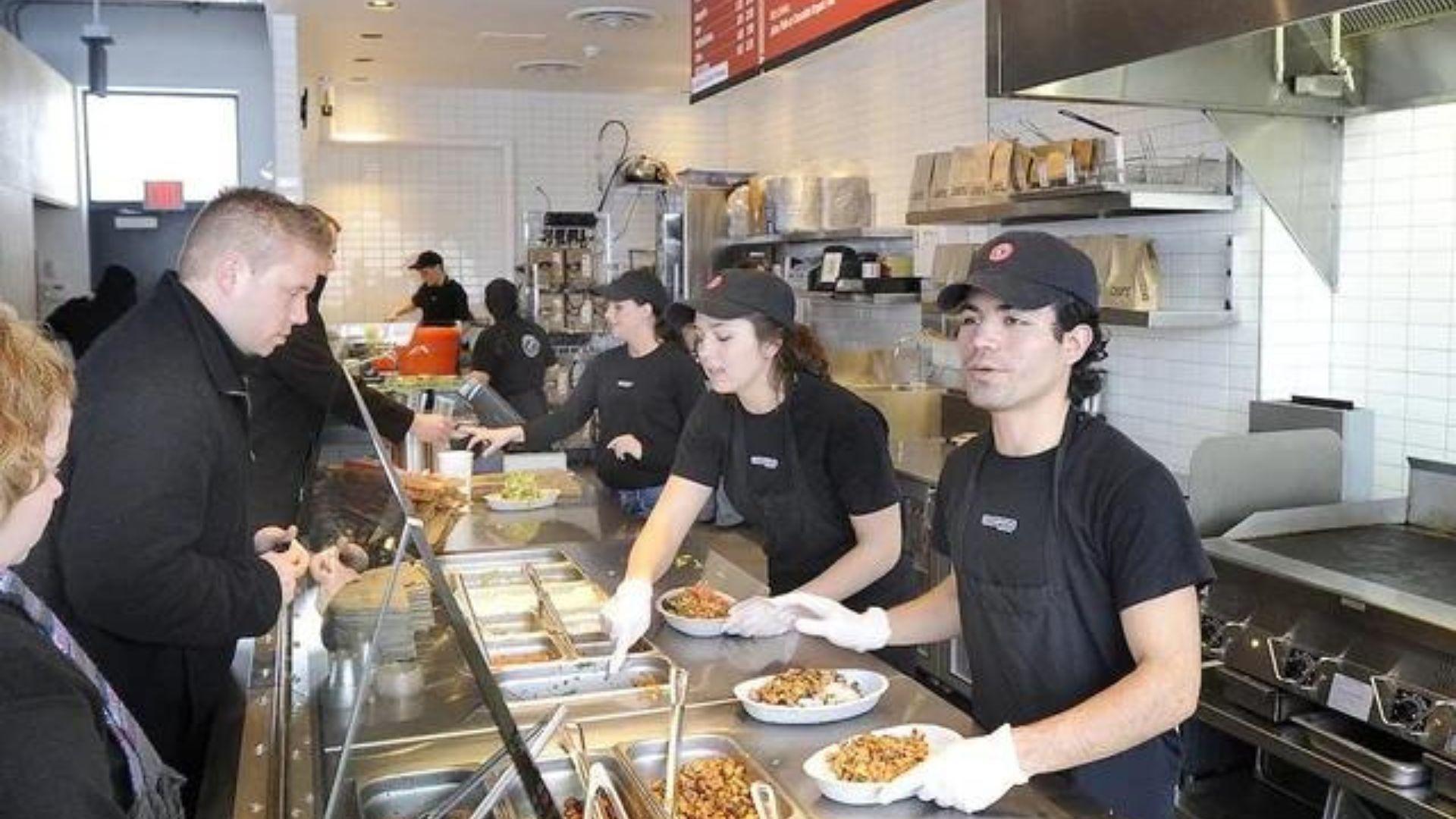
Chipotle has managed to keep its price increases to a minimum thanks in part to its operational efficiency. By streamlining kitchen operations and improving order accuracy and speed, Chipotle serves more customers per hour, effectively spreading costs over more sales.
This efficiency not only keeps prices lower but also enhances customer satisfaction by reducing wait times.
Volume and Traffic Increase
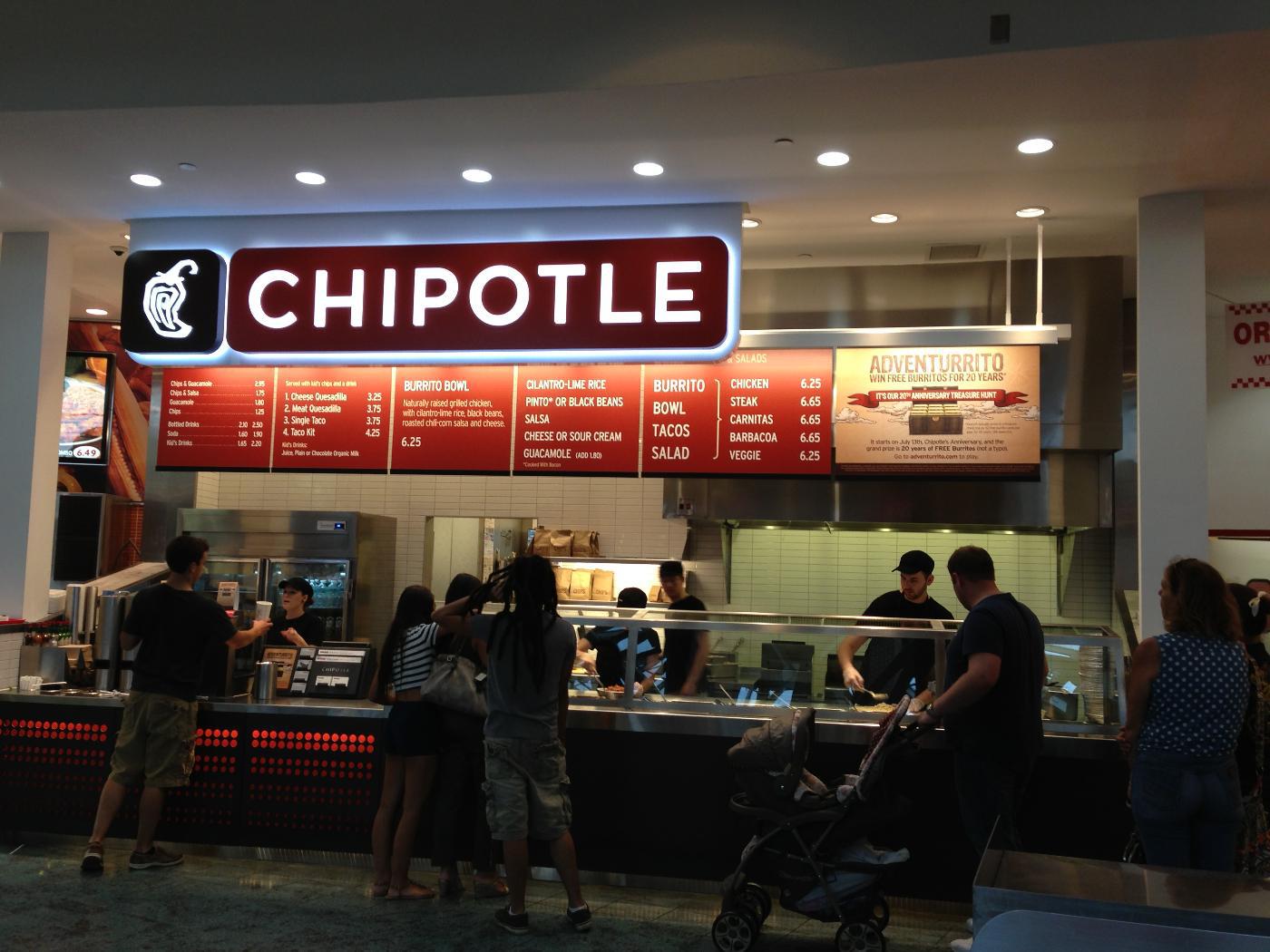
A strategic focus on increasing customer volume has allowed Chipotle to maintain lower price increases.
By drawing more customers into their restaurants through effective marketing and maintaining a reputation for quality and quick service, Chipotle maximizes revenue and dilutes overhead costs, which helps in keeping their menu prices reasonable.
The Avocado Advantage
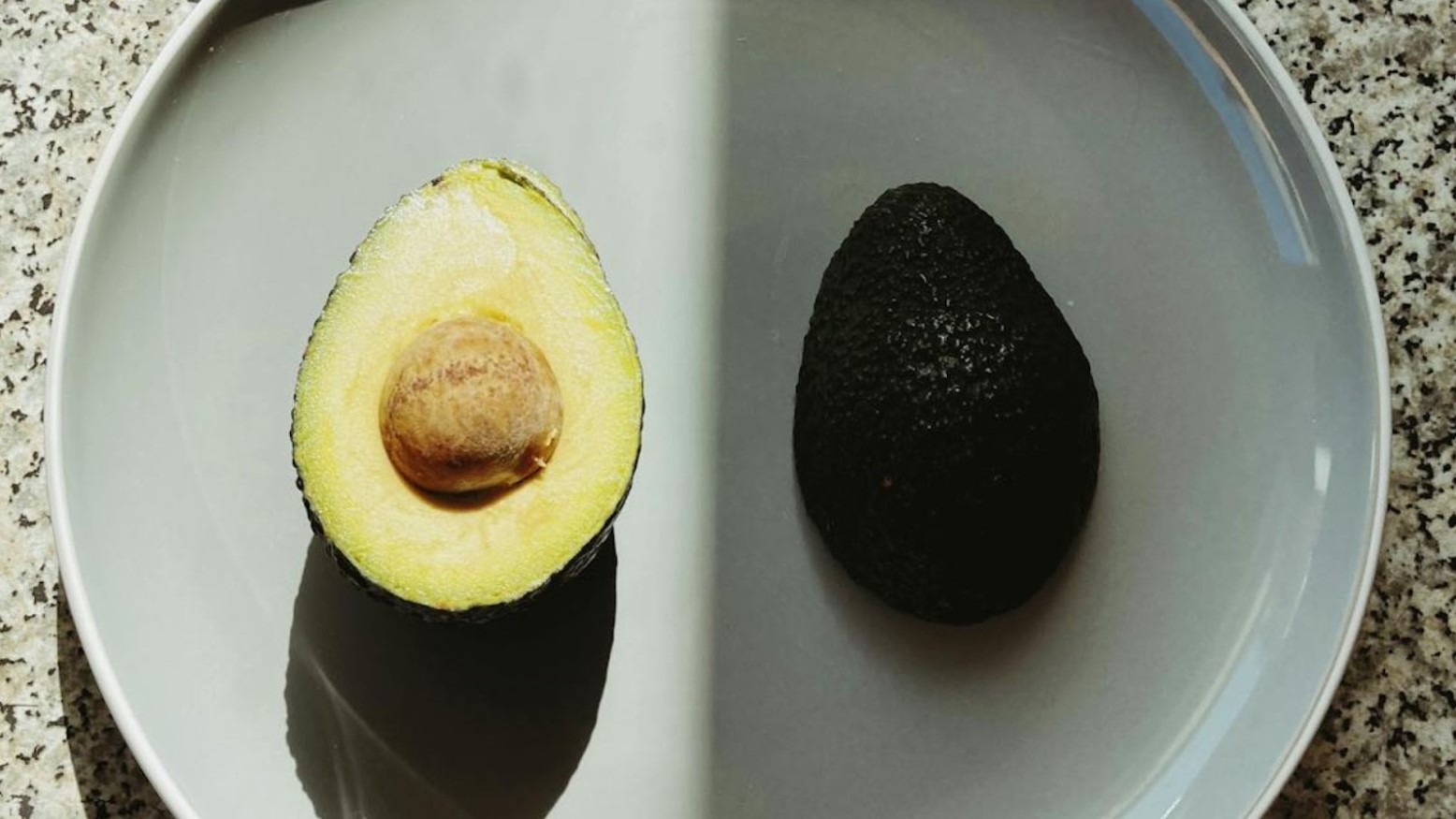
The past year has seen a significant drop in avocado prices, which has been a financial relief for Chipotle. Avocados are a staple ingredient in many of Chipotle’s dishes, and the lower costs have enabled them to absorb other rising expenses without passing as much on to the consumer.
This advantage is a primary factor in why Chipotle’s price increases have been modest compared to those of McDonald’s.
McDonald’s Pricing Strategy
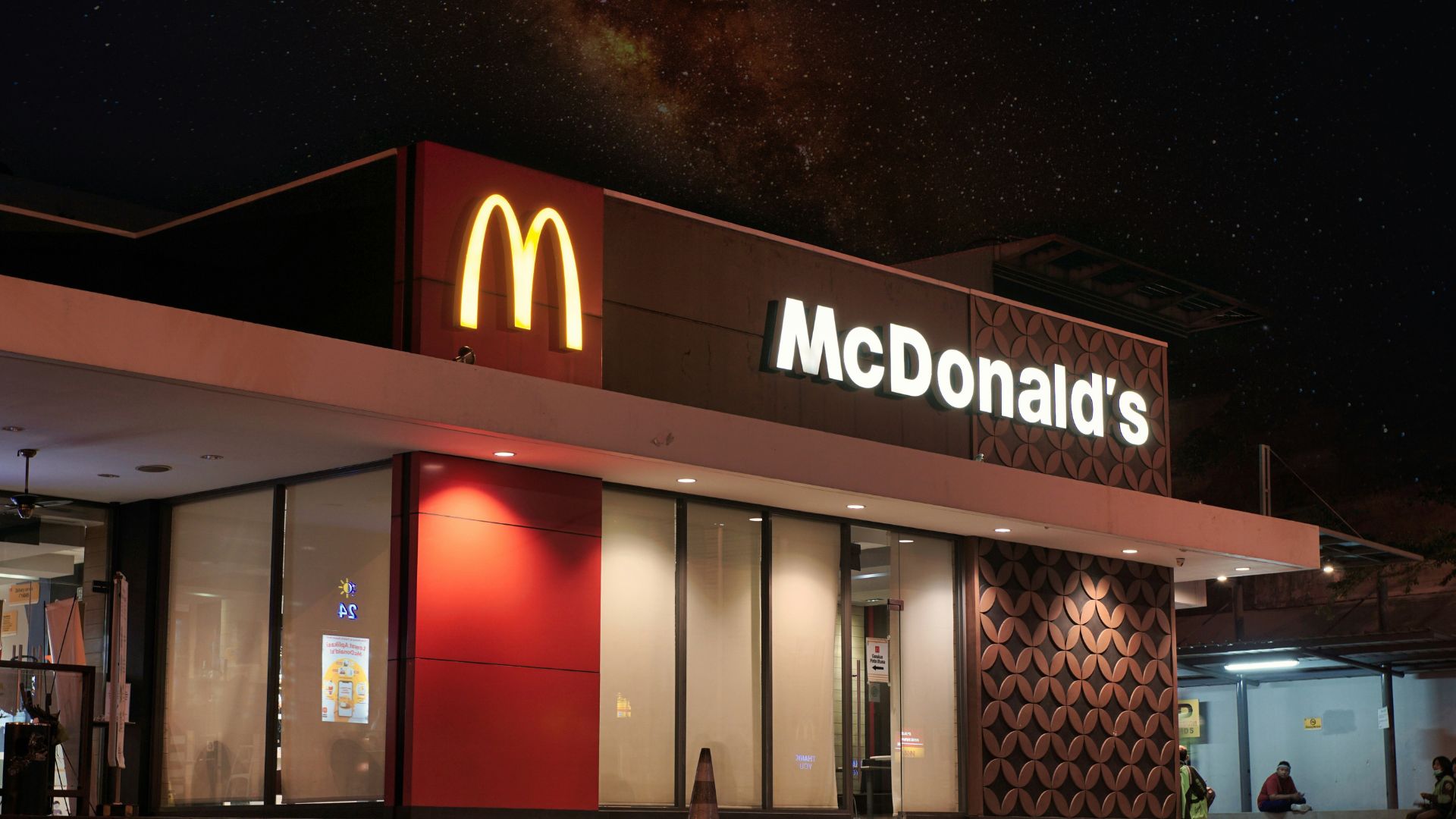
Despite the risk of alienating its core customer base, who are often more price-sensitive, McDonald’s has implemented a 30% price increase over the past three years.
Speaking with CNBC, Sara Senatore, a Bank of America analyst, said these hikes are “justified” as they aim to maintain profit margins amidst rising costs, even though they place a heavier burden on consumers.
Consumer Impact and Brand Loyalty

Rising prices pose a significant risk to customer loyalty, especially for a brand like McDonald’s, which serves many lower-income consumers.
Senatore warns, “This is going to be a tough year,” as these consumers are increasingly feeling the pinch. The delicate balance between maintaining profitability and keeping meals affordable is more crucial than ever.
The Role of Franchising
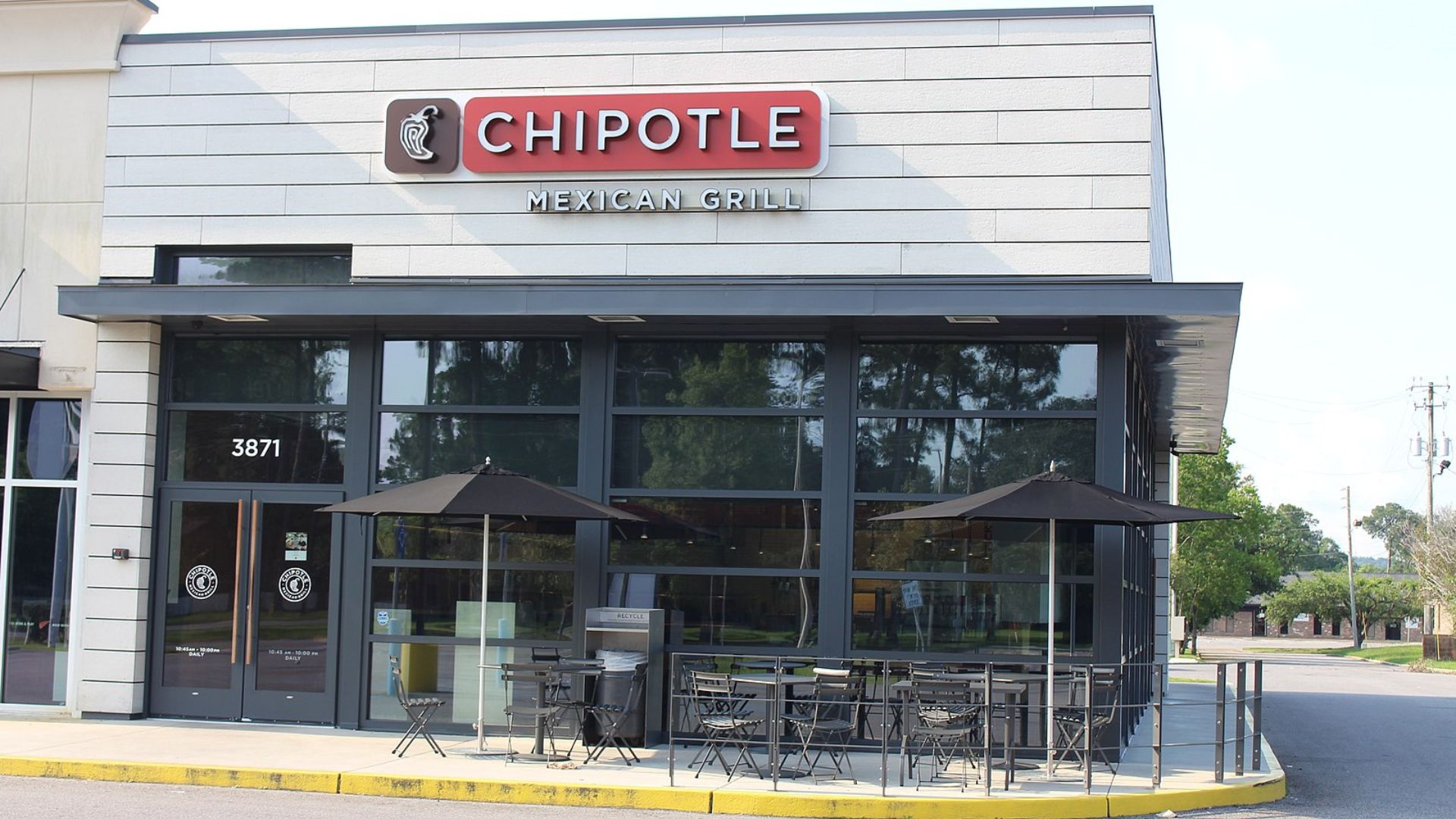
McDonald’s franchise model means prices can vary significantly from one location to another. This variability leads to inconsistent pricing across different markets, which can confuse or frustrate customers.
Contrastingly, Chipotle’s more centralized pricing strategy helps maintain a consistent customer experience.
Wall Street Weighs In

Financial analysts have been closely watching both chains, particularly as Chipotle’s stock price hits all-time highs, reflecting strong revenue and customer traffic.
Meanwhile, McDonald’s, facing pricing backlash, must demonstrate its value to both investors and customers in its upcoming earnings release.
Looking to the Future
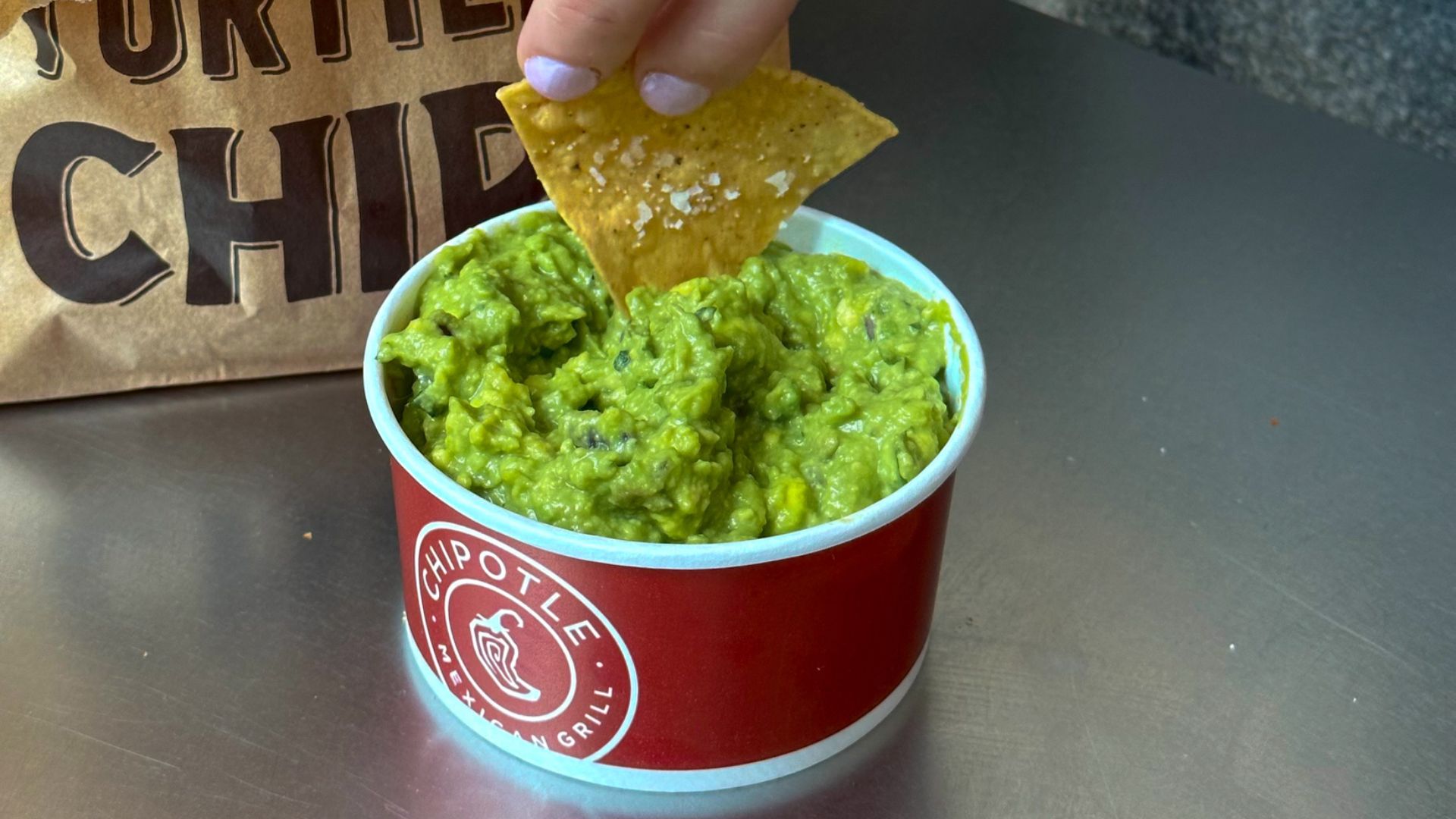
With ongoing economic pressures, both consumers and companies must adapt. Future pricing strategies will likely involve more than just adjusting menu prices, which may include rethinking portion sizes or introducing new, cost-effective menu items.
Chains will need to carefully balance cost management with customer expectations to thrive.
What This Means for Your Wallet

Understanding the dynamics behind fast food pricing can help you make better dining choices. By knowing which chains are more likely to increase prices and why you can better plan your fast food purchases.
Staying informed helps you enjoy your favorites without breaking the bank, even as economic conditions fluctuate.
